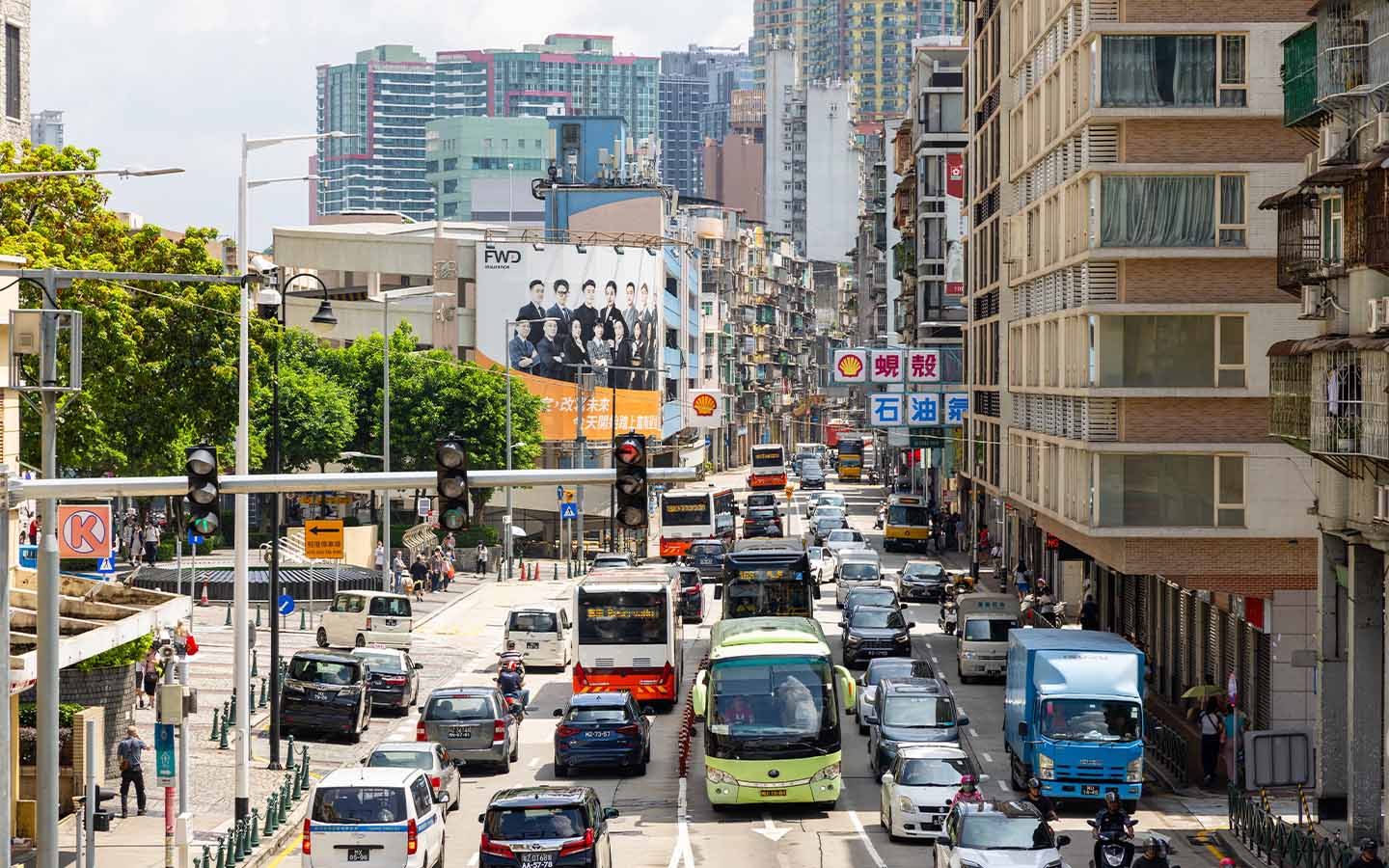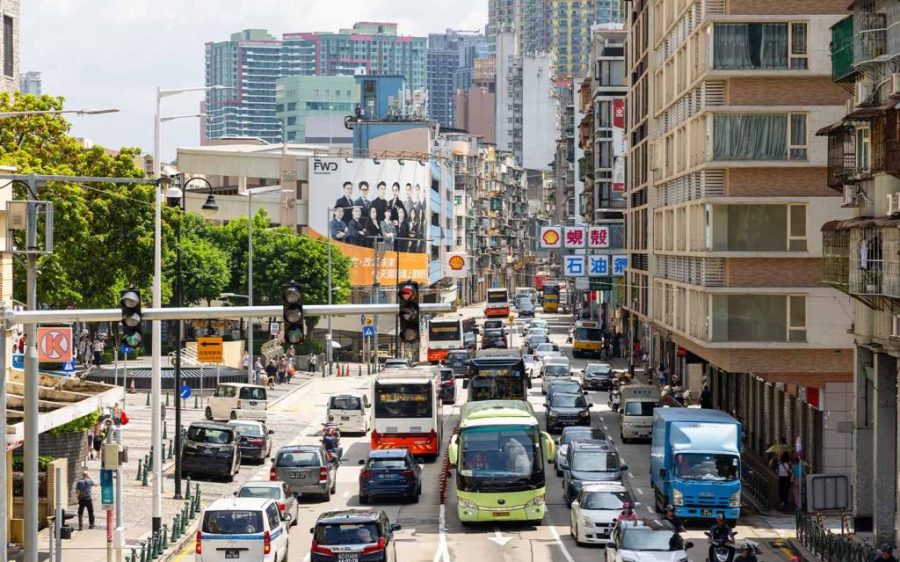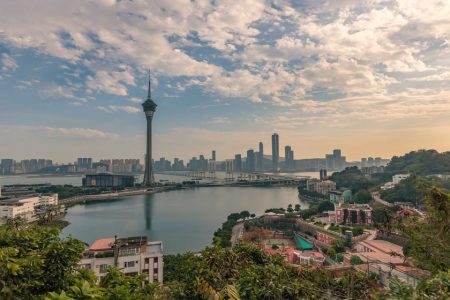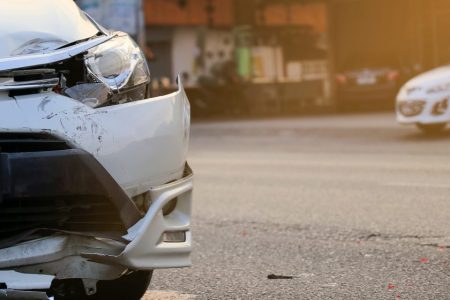Macao residents are no strangers to loud noises, whether it be the roar of bus engines, the incessant honking of car horns or the ubiquitous blaring of music from phone speakers. While efforts have been made to limit excessive noise in the city, the problem continues to blight the lives of locals in ways that are not dissimilar from light and air pollution.
The local government recognises the severity of the problem, noting in its 2023 Report on the State of the Environment that “residents [are] vulnerable to noise issues” due to the SAR’s “high population density,” “high tourism intensity,” as well as “traffic arteries” and “industrial and commercial establishments,” which are situated near residential communities.
[See more: Discussing the state of Macao’s environment with Joe Chan]
Data from that report indicated that the six noise monitoring stations in Macao recorded a noise level that averaged around 66 decibels (dB), with the Horta e Costa Station recording the highest reading (72 dB) and the Areia Preta Station clocking the lowest (61.5 dB). While this amount of noise does not reach the 85 dB threshold needed to cause permanent hearing damage, it is far above the guidelines set by the World Health Organisation (WHO). The global health body recommends an average of less than 53 dB for road traffic and notes that exposure to noise 55dB or above can cause annoyance and other health issues.
The number of noise complaints filed in the city certainly speak volumes about the seriousness of the problem. Between 2014 and 2024, the noise nuisance reports recorded ballooned by 100 percent from 5,268 to 10,554. “Noise pollution is very serious in the whole of Macao’s historic district,” says Martina Sun, a member of the Macao Noise Concern Facebook group. (She asked that her name be changed to protect her privacy.)
How harmful is noise pollution?
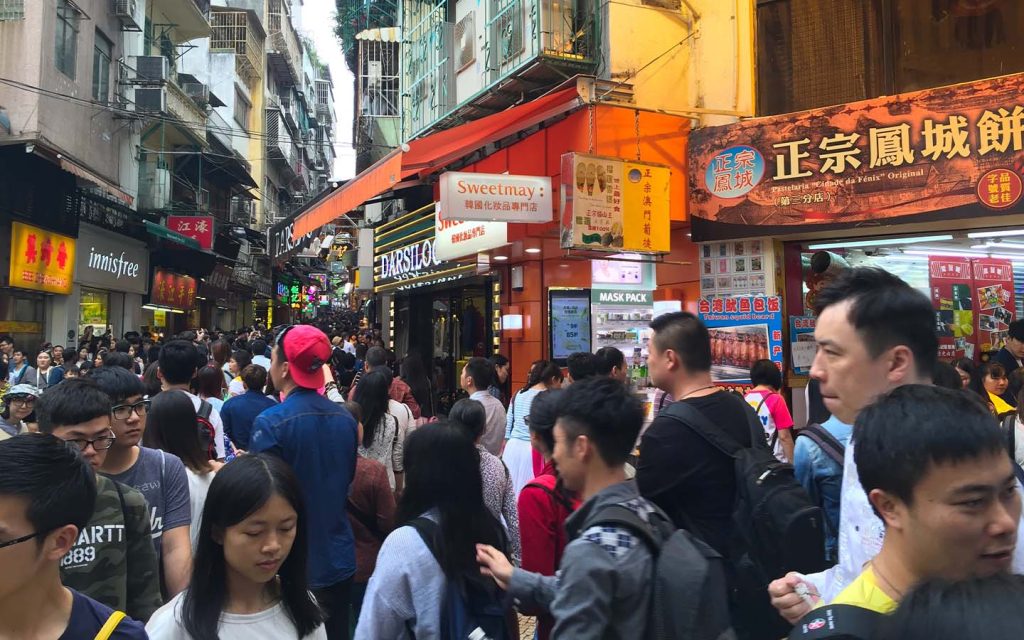
The severity of noise pollution in Macao is concerning, as it can greatly diminish people’s quality of life. One immediate impact is temporary or even permanent hearing loss, says Raquel Vasconcelos, an assistant research professor with the University of Saint Joseph’s Institute of Science and Environment.
Long-term exposure to a noisy environment can also put people at risk of other debilitating health issues. “There are cardiovascular problems like hypertension, heart disease and even stroke related to long-term exposure to high noise levels,” Vasconcelos points out.
Links between noise disturbances and cardiovascular disease and stress have been established by the WHO and other well-established organisations. For example, a 2024 European umbrella review of preexisting studies, dating from 2015 onwards, concluded that traffic noise results in the release of stress hormones, which in turn can heighten the risk of cardiovascular disease.
Sun, meanwhile, notes that community noise, be it karaoke or the blaring of a loudspeaker, can be a nuisance, preventing people from sleeping and studying.
[See more: Environmentalists propose alternative to Macao’s construction waste island]
Indeed, numerous studies have linked prolonged noise exposure to annoyance, sleep deprivation and reduced learning quality. A 2020 report on environmental noise by the European Environment Agency found that the sleep patterns of 6.5 million people on the continent were being disrupted by long term environmental noise. Such deprivation has a knock-on effect, giving rise to more serious health problems such as obesity, dementia, type 2 diabetes and even cancer.
As well, the report concluded that nosiness led to chronic high annoyance among 22 million individuals, while aeroplane noise resulted in learning impairment among an estimated 12,500 students.
Animals that rely on sound communication are also at risk of being severely impacted by noise, says Vasconcelos. For instance, she points out that loud noises can inhibit creatures such as birds and the Chinese white dolphins from sharing essential acoustic information for social interaction, mating, predator detection and hunting. The behavioural changes that noise pollution can induce in key species can have repercussions for the greater ecosystem.
“Imagine if you affect pollinators [and] they leave because they are in the noisy area,” she says. “You might not be able to have the same levels of reproducing plants because they don’t have the pollination.”
The impact extends to aquatic biodiversity as well, with one study by Vasconcelos finding that young zebrafish exposed to different noise levels had a higher mortality level than those in a silent environment.
Why is Macao so noisy?
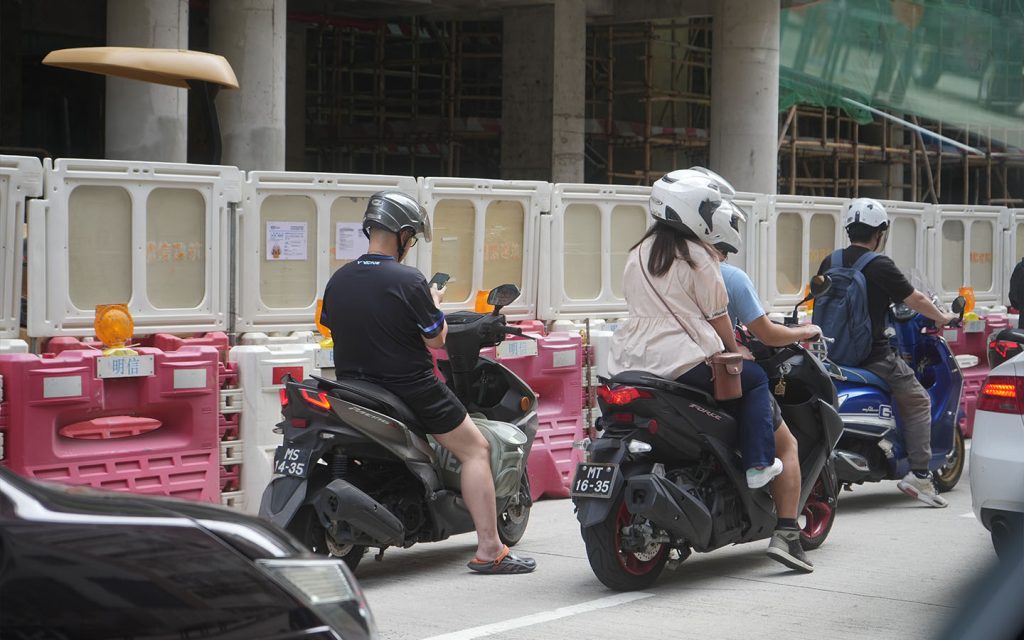
The Macao government has identified a number of major causes of noise pollution in the city, which include sounds originating from the community, construction and road traffic. All three of these noise sources have worsened over the years due to Macao’s rapid development.
Macao’s population grew by 23.5 percent between the 2011 and latest 2021 census, from 552,503 to 682,070. Meanwhile, the population density jumped from 18,451 people per square kilometre in 2011 to 20,620 people in 2021.
Since the removal of Covid-19 travel restrictions in early 2023, the SAR has also seen an influx of tourists, with the number hitting nearly 35 million in 2024, a jump of 23.8 percent in comparison to 2023.
Construction projects have been on a surge as well, with data indicating that the number of construction companies and other related service providers rose from 2,769 in 2013 to 4,482 in 2023.
[See more: Macao needs to start charging households for rubbish disposal, an environmentalist says]
Traffic noise over the past two decades has also worsened with the surge in the number of vehicles, as well as other factors that Vaconcelos points to, including the “bad design of the road network” and the “absence of noise barriers.”
Motorcycles are particularly problematic, as research has shown that they contribute to a disproportionate amount of road noise due to their lack of engine and exhaust insulation. Regardless, they remain the preferred choice of transport among many locals due to the city’s narrow streets and dearth of parking spaces. As a result, petrol-fuelled motorcycle ownership, which stood at 72,883 in January 2005, grew to 125,526 in January 2015, and 126,662 in January 2025.
It may be stating the obvious, but a study published by Chinese researchers last year concluded that “increase in population density and the number of vehicles will exacerbate traffic noise pollution.”
Tackling excessive noise in Macao through legislation
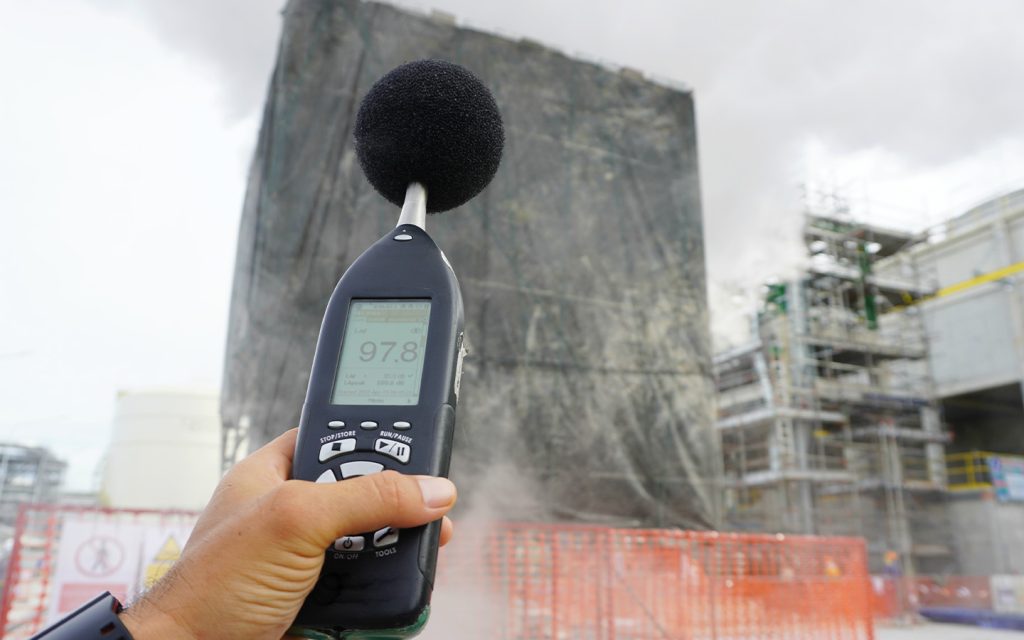
In order to address noise pollution, the SAR government has enacted various laws over the years, the most significant of which is the Environmental Noise Prevention and Control legislation that came into effect on 22 February 2015.
Under this law, specific timeframes and penalties have been put in place to curb noise level in a variety of contexts such as residential and public areas, businesses, construction sites and entertainment venues. The law prohibits “disturbing noise” from everyday activities and pets in a household setting between 10 pm and 9 am each day, slapping fines of up to 2,000 patacas on offenders.
[See more: How toxic is Macao’s air?]
Meanwhile, entertainment establishments and organisers of outdoor shows are liable to a fine of up to 10,000 patacas if they make disruptive sounds between 10 pm and 9 am, Sunday to Friday, and between 11 pm and 9 am, on Saturdays and public holidays.
Despite these regulatory measures, there have been calls for the decade-old legislation to be updated to better tackle the issue of noise pollution in present day Macao, which is more populated than ever before.
“There are no regulations in place for entertainment noise between 9 am and 10 pm,” Sun points out, adding that she considers this loophole period to be far too long. “This period needs to be reduced or another regulatory period of one to two hours or two to three hours needs to be added in the middle [of this timeframe].”
The anti-noise advocate is also adamant that the government needs to adopt a stricter approach by permitting the filing of complaints for egregious noise violations that take place outside of the law’s stipulated time periods and to dole out fines in such situations rather than try and “reason” with violators.
She also believes the government needs to separately formulate laws to deal with karaoke and loudspeaker noise, noting that these types of sounds are “different from dragging a chair or children playing, running and jumping around the house” because they can “continue for the whole day” and “affect a larger area.”
[See more: Air pollution reached ‘very unhealthy’ levels on six days last year]
At the same time, Sun acknowledges that the Environmental Protection Bureau has done well in managing noise pollution from air-conditioners and other machinery.
“When you file a complaint, they [the bureau] will come over and check the decibel level,” she says. “If they find that the sound source is too loud or it is over the legal decibel level, they’ll resolve the matter by taking the necessary measures.”
Reducing Macao’s traffic noise
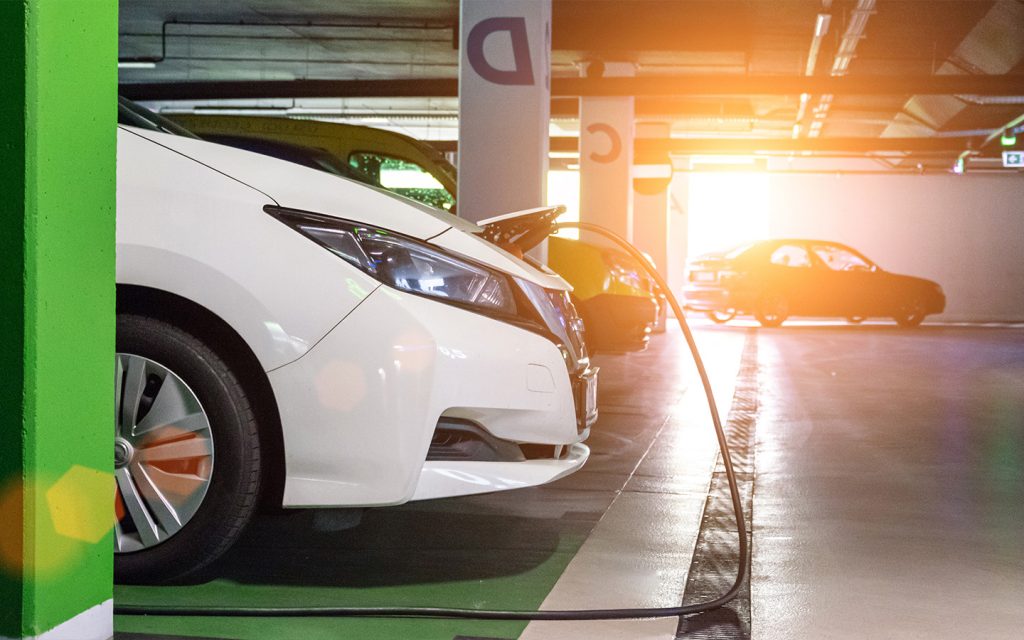
Local authorities have also tried to reduce noise pollution by encouraging the adoption of electric vehicles (EVs), which operate on motors that generate little sound.
The most concrete example of this is the government’s “EV Promotion Plan,” which aims to have zero-emissions light vehicles and motorcycles account for 100 percent of new vehicle registrations in the city by 2035. Achieving this goal, however, will still require some effort, as electric cars and motorcycles made up just 24.45 percent of the new vehicles registered in January 2025.
Similarly, out of the 253,639 vehicles that were on Macao’s period at the end of January 2025, only around 5 percent (12,525) of them were EVs.
Perhaps Macao’s tiny size may hold the key to finding a solution, as Vasconcelos notes that its small territory allows for policymakers to quickly glean the impact of their “optimisation actions.”
[See more: In the spotlight: Are people in Macao paying the price of light pollution?]
Clearly, the fight against noise pollution is far from over. In this seemingly endless battle, it is perhaps all too easy to resign oneself to the idea that enduring the territory’s loud noises is an inevitable part of life in a busy city.
Vasconcelos, however, maintains that such a mentality can be “quite dangerous” as the related health issues are not immediately apparent until they manifest themselves later in life when people start “showing signs of stress, cognitive problems or mental health problems.”
Rather than sidestepping the issue, the academic calls for people to “realise that we deserve a good and safe environment.”
